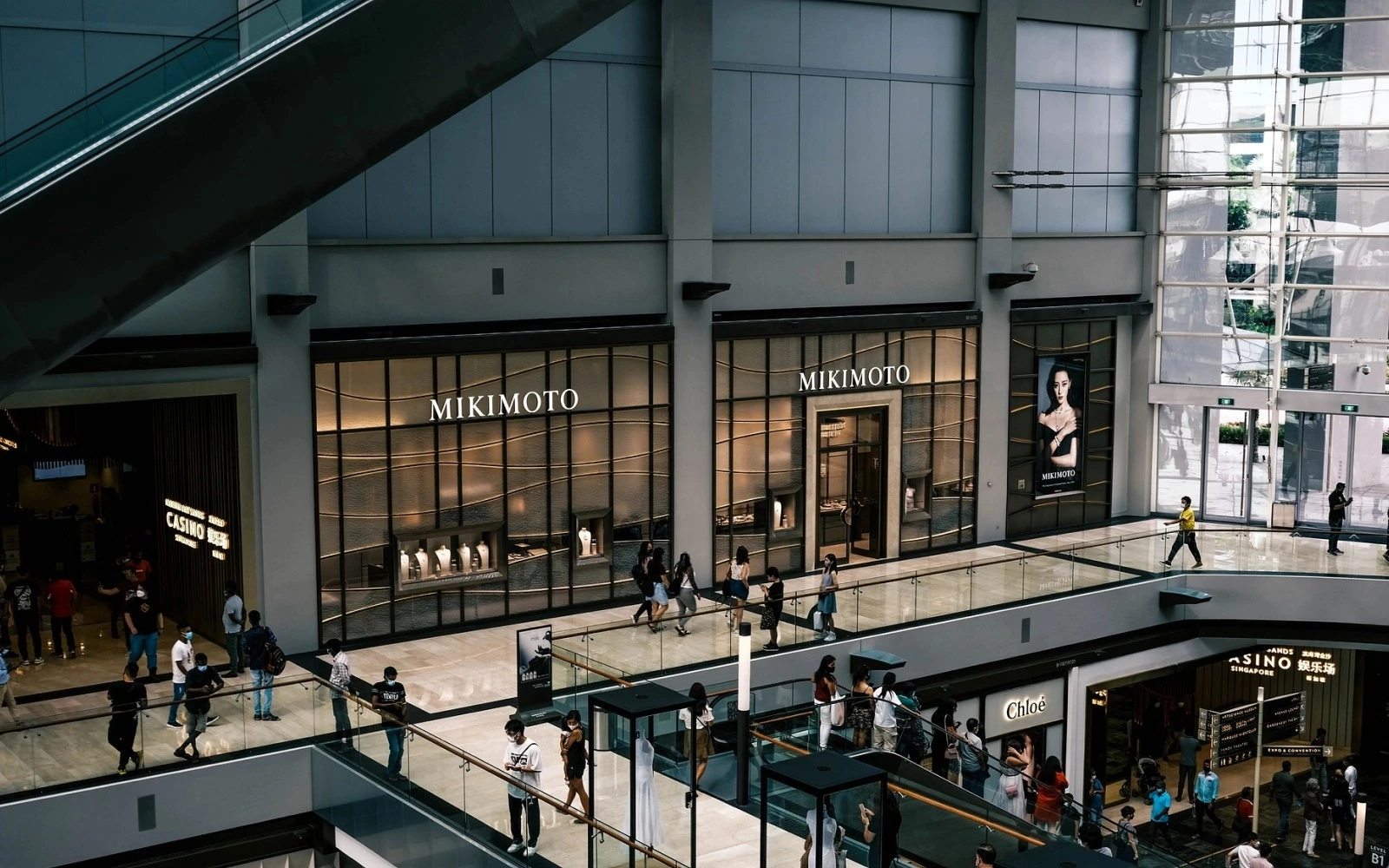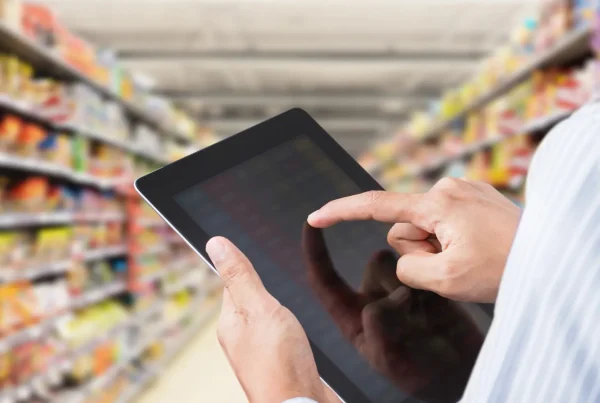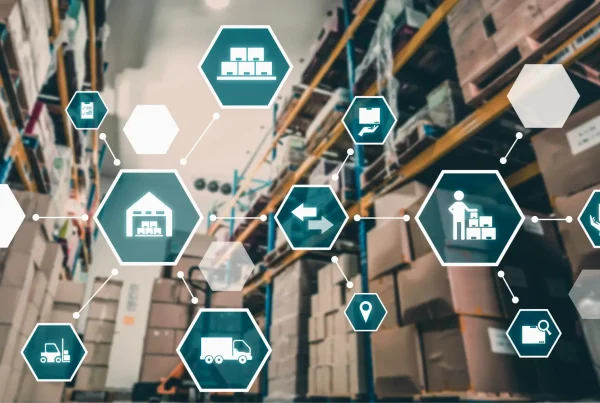This blog delves into the various ways retail promotion management software transforms the retail promotion landscape, with a focus on different campaigns and the strategic reasoning behind them.
Harnessing Retail Promotion Management Software for Success
Retail promotion management software gives retailers a comprehensive solution for planning, executing, and analyzing promotional campaigns, streamlining processes and ensuring that promotions are aligned with business goals and market trends.
The Role of Markdown Optimization in Retail Promotions
Markdown optimization software enables retailers to make data-driven decisions on pricing strategies, analyzing various factors such as consumer demand, inventory levels, and market trends to recommend optimal markdowns. This not only helps in clearing inventory efficiently but also maximizes profitability and customer satisfaction.
The Role of AI in Promotion Optimization
AI promotion optimization leverages artificial intelligence to enhance the effectiveness of promotional campaigns. It predicts consumer behavior, forecasts demand, and provides insights into the optimal timing and nature of promotions. This leads to highly targeted and successful campaigns, ultimately increasing sales and customer loyalty.
The Role of Trade Promotion Optimization Software
Trade promotion optimization software improves ROI, ensures collaboration with partners, and enhances promotional effectiveness. It also presents challenges such as the need for accurate data and integration with existing systems.
The Impact of Promotion Planning Software on Campaign Efficiency
Promotion planning software is crucial for orchestrating successful campaigns. It aids in aligning promotions with overall business objectives, ensuring timely execution, and facilitating coordination across departments.
Real-World Use Cases: How Retailers Leverage Promotion Software
In the retail industry, the practical application of promotion software varies widely, catering to different business needs and market dynamics. Here are some illustrative examples of how this software is used:
- Seasonal Clearance Sales: Retailers often use markdown optimization software to manage seasonal clearance sales effectively. By analyzing past sales data, current trends, and inventory levels, the software helps in determining the right time to start the sale, the optimal discount rates, and the ideal duration for the sale to maximize both sales volume and profit margins.
- Targeted Promotional Campaigns: Using AI promotion optimization, retailers create highly targeted campaigns. For instance, a retailer might analyze customer purchase history and demographic information to create personalized promotions. This approach not only enhances customer engagement but also increases the likelihood of conversion by offering relevant deals.
- Bundling Products for Upselling: Trade promotion optimization software assists retailers in creating effective bundling strategies. By understanding consumer buying patterns, retailers can bundle complementary products, encouraging customers to make additional purchases. This strategy not only boosts sales but also enhances customer satisfaction by providing value.
- Flash Sales and Time-Sensitive Offers: Promotion planning software can be instrumental in planning and executing flash sales. These sales create a sense of urgency and drive significant traffic and revenue in a short period. The software helps in selecting the right products for such sales, setting the optimal price points, and determining the best time to launch these offers to capture maximum customer attention.
- Loyalty Programs and Long-Term Engagement: Retailers also use these software tools to design and manage loyalty programs. By tracking customer behavior and preferences, the software can help tailor loyalty rewards that resonate with the target audience, fostering long-term customer relationships and repeat business.
Choosing the Right Campaign: Reasons and Strategies
The decision to run a particular type of retail promotion campaign is influenced by business objectives, target audience, market conditions, the competitive landscape, and other factors. Let’s explore some common campaign types and the strategic thinking behind them:
- Flash Sales for Immediate Revenue Boost: Retailers often conduct flash sales to generate immediate revenue, clear out inventory, or attract new customers. The success of a flash sale lies in its limited-time offer, creating a sense of urgency among customers. However, it’s important to balance the discount levels to ensure profitability.
- Buy-One-Get-One (BOGO) Offers to Increase Sales Volume: BOGO offers are an effective strategy to increase sales volume and attract price-sensitive customers. These promotions can be particularly effective for moving slower-selling items or introducing new products to the market.
- Loyalty Programs for Customer Retention: Loyalty programs are designed to reward repeat customers, enhancing customer retention and lifetime value. Retailers need to ensure that the rewards are attractive enough to encourage repeat purchases while maintaining profitability.
- Seasonal Promotions Aligned with Consumer Behavior: Seasonal promotions, such as holiday sales, take advantage of specific times when consumers are more likely to spend. Retailers must align their promotions with consumer expectations and shopping behaviors during these periods to maximize impact.
- Personalized Promotions for Enhanced Customer Experience: Leveraging customer data to create personalized promotions can significantly increase campaign effectiveness. Retailers can use AI and data analytics to understand individual customer preferences and tailor offers accordingly, enhancing the customer experience and increasing the likelihood of purchase.
- Cross-Selling and Upselling Campaigns for Increased Basket Size: By analyzing customer purchase history and preferences, retailers can create targeted cross-selling and upselling campaigns. These campaigns encourage customers to purchase complementary or higher-value products, increasing the average transaction size.
- Online-Exclusive Offers to Drive E-commerce Traffic: With the growing importance of e-commerce, retailers may run online-exclusive promotions to drive traffic to their websites. This approach can be effective in building a digital customer base and encouraging omnichannel shopping behaviors.
Final Thoughts: The Evolution of Retail Promotions
The integration of advanced software in retail promotions is not just a trend but a necessity. AI-based retail promotion management software, which includes tools for optimizing the markdown process and running trade promotion campaigns, enables retailers to not only streamline their promotional campaigns but also stay ahead in a highly competitive market.
Take the Next Step
Choosing the right retail promotion management software, like choosing the right promotion campaign, involves a careful analysis of various factors. Leverage it effectively leverage and you’ll be well-equipped to succeed in the ever-changing retail landscape.
Impact Analytics PriceSmart™: Optimize pricing, promotions, and end-of-life markdowns with AI-based price optimization software.
Impact Analytics TradeSmart™: Maximize your return on trade promotion spending with our next-gen trade promotion management platform.





